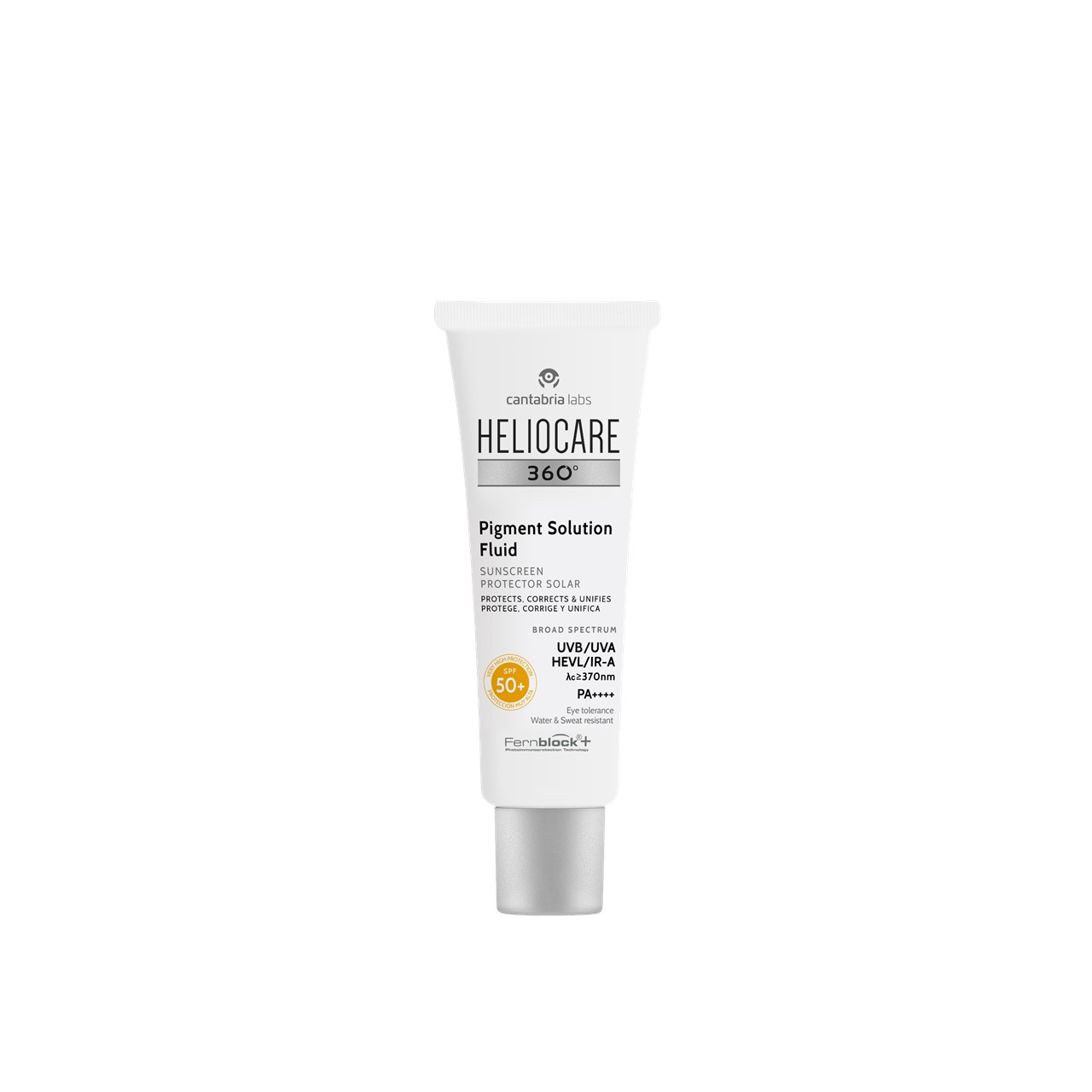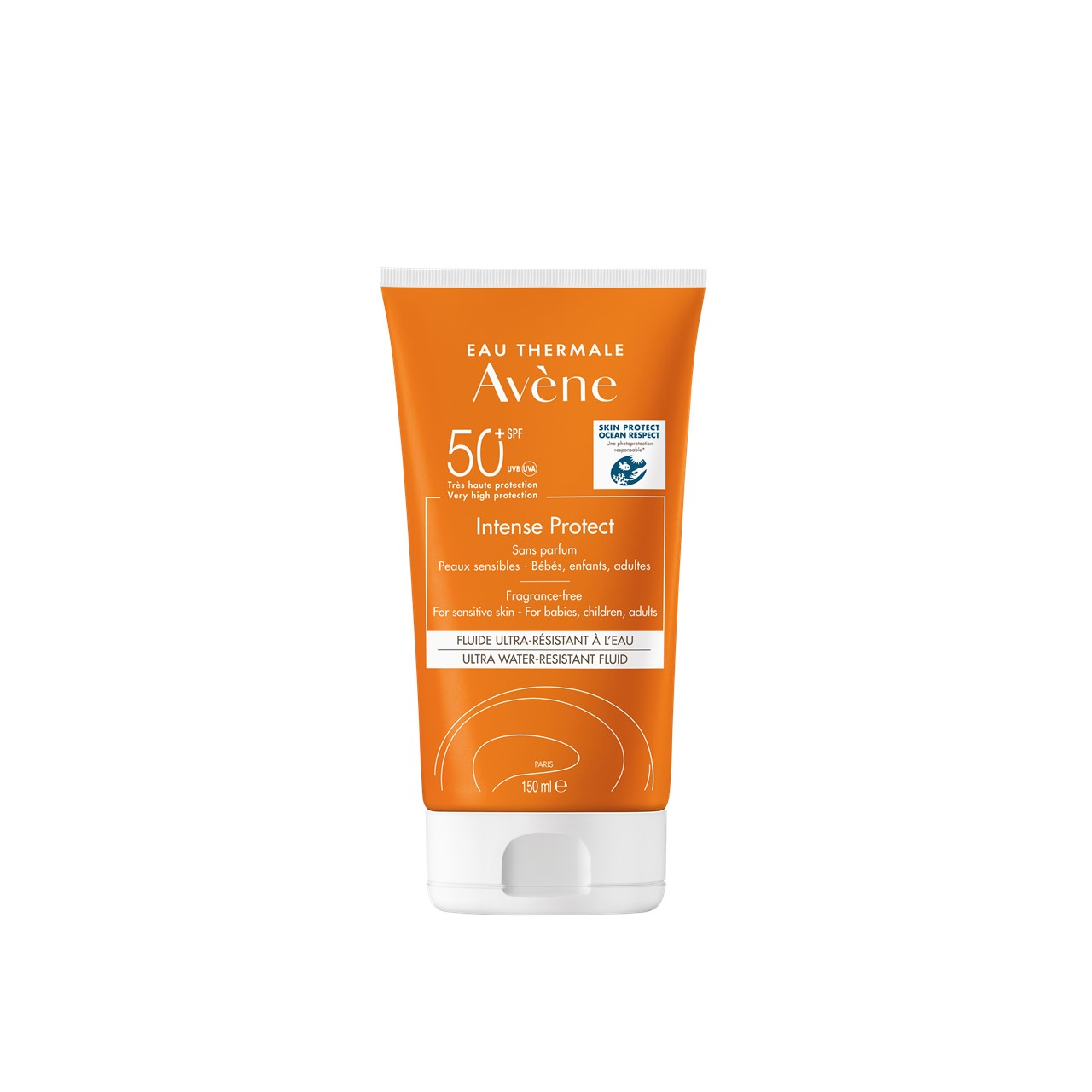
With so much talk of European sunscreen being so much better than American sunscreen, you may have found yourself wondering how to get your hands on it. If you’ve never shopped for European sunscreen before–or if you have, but came out of it with more questions than answers–, this is the deep dive for you. Keep reading to learn why you should consider adding European sunscreen to your skincare routine, and how to buy it for yourself, even if you are in the US (or anywhere other than Europe, really). Let’s get your sun protection on!
Why are the best sunscreens not available in the USA?
The biggest reason why Americans may want to purchase sunscreen from Europe has to do with the unavailability of certain types of sun filters—aka the ingredients in sunscreen that actually provide sun protection—in the USA.
In the USA, responsibility for approving new filters lies with the FDA, a federal agency. In Europe, the same responsibility lies with the European Commission (EC), a transnational political institution whose decisions influence all member states. When we talk about the availability of sun filters in the USA and Europe, we are essentially comparing the results of the decisions of these two organizations.
In December 2022, the FDA published documentation reiterating that a sunscreen is “generally recognized as safe and effective” (if you stumble upon the word “GRASE”, that’s what it means) when it contains sun filters chosen from a pre-approved list of 16. This list, by the way, hasn’t changed in a couple of decades. The European Union, in a comparable document that is constantly being updated, lists more than 30 sun filters, including state-of-the-art filters such as HAA299, Mexoryl 400, TriAsorB, Tinosorb A2B, Uvinul A Plus, and Tinosorb S (listed here in order of most recent approval).
One of the implications of this discrepancy is obvious: in the European Union, brands and formulators have access to more and better sun filters, which allows them to create cutting-edge sun protection products that are more effective (both against UVB radiation and against UVA radiation) and more pleasant to apply.
How sunscreen regulations are evolving in the USA
At the moment, sunscreen regulations in the USA seem to be moving in two rather contradictory directions. According to the Journal of Integrative Dermatology, there is talk of the FDA considering approval of Bis-Ethylhexyloxyphenol Methoxyphenyl Triazine (Tinosorb S), but there’s no telling when that might happen.
On the other hand, the same FDA has recently published a proposed amendment to its list of 16 pre-approved sun filters which would award the status of “generally recognized as safe and effective”, or GRASE, only to sunscreens containing zinc oxide and titanium dioxide. In short, the list of 16 pre-approved sun filters could become a list of 2.
Based on this, it’s easy to see why Americans may want to purchase sunscreen manufactured elsewhere, like in Europe.
How to buy European sunscreen in the US
If you want to buy European sunscreen in the USA, you can do so online, buying from retailers based in Europe who sell European brands and formulas–like us, here at Care to Beauty! (Not to brag, but we stock every European sunscreen you could possibly think of.)
Now, here’s one thing to keep in mind: if you opt for buying your sunscreen online, you may encounter a few misshaps along the way. You may receive products with weird names and strange labels and find yourself wondering whether they’re even legit in the first place. To help you navigate those issues, here’s a little cheat sheet:
How do you know if your European sunscreen is legit? Common issues:
The packaging is not in english
There are 27 countries in the European Union–if you buy European sunscreen from one of them, it’s likely you’ll receive a product that’s been labeled in the local language. At Care to Beauty, for example, we are based in Portugal and we often handle products labeled in portuguese, english, french, spanish, and more. Greek? Polish? You name it, we’ve probably come across that language in our products. That’s the beauty of the European Union!
The labeled SPF doesn’t go above SPF50+
The European Union labels sunscreens on a range from SPF6 (low protection) to SPF50+ (very high protection). Why doesn’t this range extend beyond SPF 50+, into SPF60 or even SPF100? Because, according to the official EU recommendation on sunscreen, “sun protection factors above 50 do not substantially increase the protection from UV radiation.”
This doesn’t mean, however, that there aren’t any products with a measured SPF of 60 or 100 in Europe. All it means is that the European Union has decided to condense the labeling system. On the higher end of the spectrum, this means that sunscreens with an SPF rating of 50 to 59.9 are labeled as SPF50, and sunscreens with an SPF rating above 60 are labeled as SPF50+.
If you’re looking for a product with very very high protection, look for the SPF50+ labels!
You can’t find the words “broad spectrum” anywhere
The words “broad spectrum”, when applied to sunscren, describe a product that protects against both UVB and UVA rays. However, you may have a hard time finding these words in some European suncreens. It’s not that European sunscreens don’t protect against both UVB and UVA radiation–they most definitely do!–, but the labeling system is, once again, different.
In the European Union, you can expect to find the information related to UVB protection in the SPF rating, which we’ve discussed, and the information related to UVA protection on a different area of the packaging: specifically, inside a little circle.
You see, the European Union recommends that the level of UVA protection of any given sunscreen, measured in PPD, should be at least a third of the level of UVB protection, measured in SPF. A sunscreen product with SPF30 should have, therefore, a PPD of at least 10. Sunscreens that follow this recommendation often feature a “UVA badge” on the packaging–which basically just looks like the letters “UVA” inside a circle.
Look for that badge, and you’ll know your sunscreen protects against both UVB and UVA rays–in other words, it offers broad spectrum protection.
Now that you know how to shop for European sunscreen, no matter where you are in the world, you’re ready to pick your first products. Browse our full selection of European sunscreen in the shop, and feel free to reach out to our cosmetic advice team if you have any questions!
Beauty Writer & Editor






